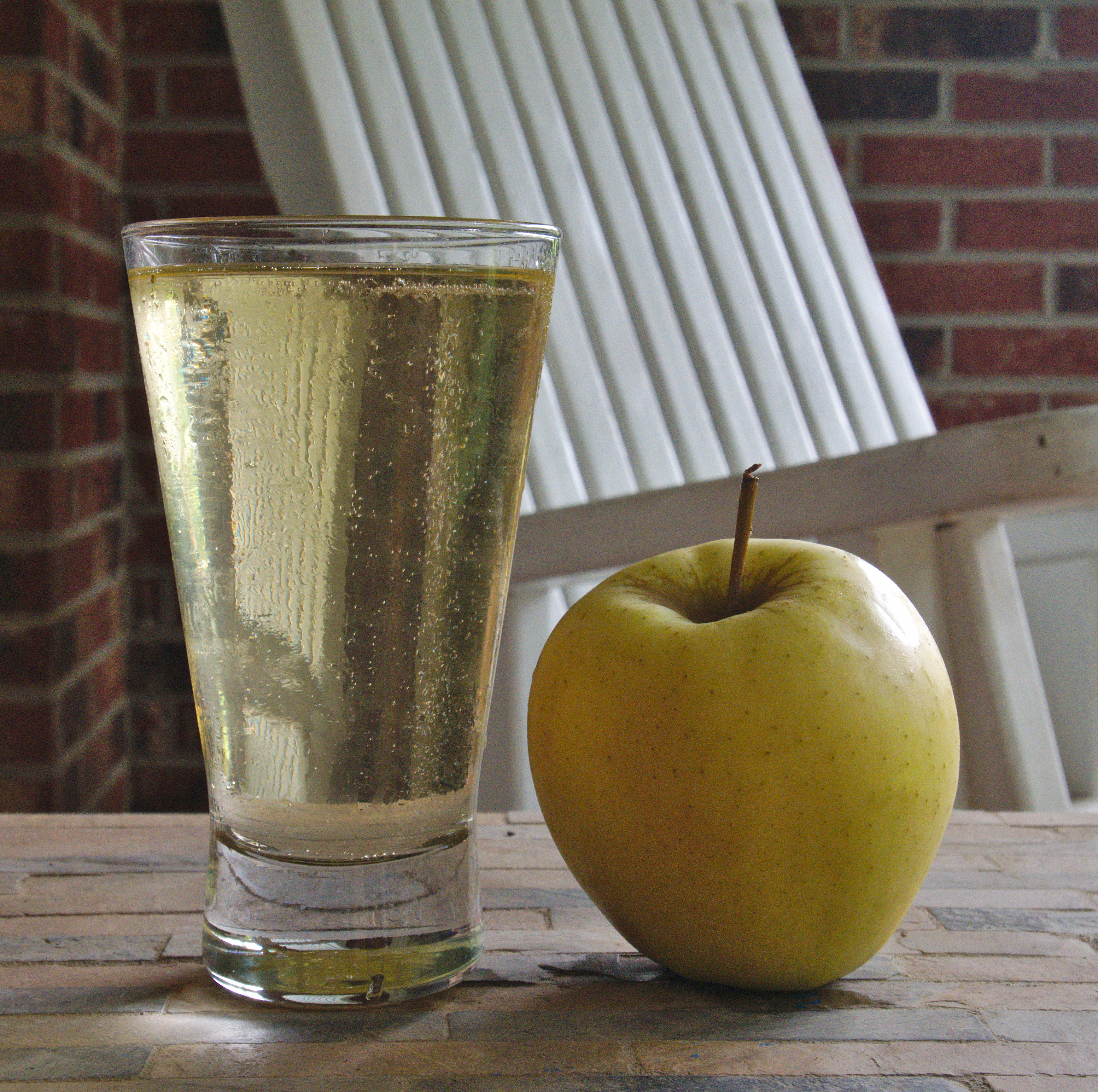The Flavors of Hard Cider: a new favorite drink across America

By Aaron Whittemore, Water INTERface Science Communicator
Water INTERface IGEP researchers: Drs. Jacob Lahne and Katherine Phetxumphou, Food Science and Technology, Virginia Tech; Ms. Whenchuo Yao, Ph.D. candidate, and Dr. Andrea M. Dietrich, Civil and Environmental Engineering, Virginia Tech
The U.S. alcoholic cider industry is growing fast with sales increasing by over 2,000 percent from 2008 to 2018. The state of Virginia has a strong hand in this growth, ranking ninth in cider production out of all U.S. states. The cider industry has old roots dating back to Colonial America, but they have only recently been replanted, so the industry has yet to benefit from widespread and thorough research that has been a staple for other beverage industries. Virginia Tech researchers in the Water INTERface Interdisciplinary Graduate Education Program (IGEP) and the Department of Food Science and Technology are leading pioneering research to improve the understanding of cider sensory profiles so that the relatively new industry continues to flourish.
A beverage’s sensory profile is essentially a combination of the flavors, tastes, smells, and mouthfeels that can be used to describe that product. Cider, for example, might have a sensory profile with the descriptors sweet, tart, crisp, etc. It is important for cider producers to be able to evaluate their product’s flavors and assess customer liking so that their cider continually improves. The VT Water INTERface IGEP team conducted a study that generated a list of terms that describe the sensory profile of cider and then associated those terms with consumer preferences. Results showed that the newly developed list of terms was useful for study participants when describing the sensory profile of cider and distinctions were made between positively and negatively associated terms. For example, the terms “fresh apples,” “crisp,” and “fruity,” applied to samples that participants enjoyed, while “putrid,” “synthetic,” and “bitter” applied to the ciders that received lower liking scores. This information is extremely valuable for cider producers—it shows what flavors, tastes, and mouthfeels, consumers want in their cider. The research team took additional steps to analyze the mineral concentrations of different ciders, and eventually those concentrations could be linked to consumer preferences. This way cider producers would have even more information on what their consumers like and dislike in their ciders, down to the elemental level.
The next time you sit down to enjoy a hard cider, you can do so with the knowledge that VT Water INTERface IGEP researchers are at the cutting-edge to ensure that your enjoyment only grows.


